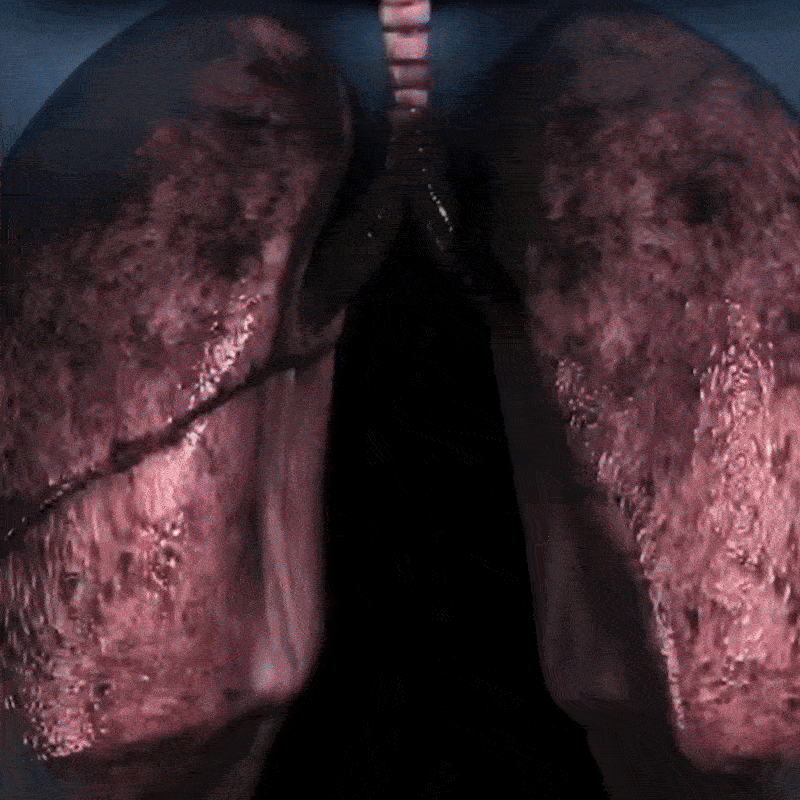COPD makes each breath feel like a struggle, as if the lungs have to work twice as hard.
When the breathing muscles are trained against mild resistance,
they become stronger and need less effort to pull air in,
which can reduce that feeling of breathlessness during daily activities such as walking, climbing stairs, or even talking.





























